Non-Suspended SMTP Server is one that operates without interruptions or bans. It ensures reliable email delivery. When an SMTP server gets suspended, it’s usually due to misuse, like sending spam or violating policies.
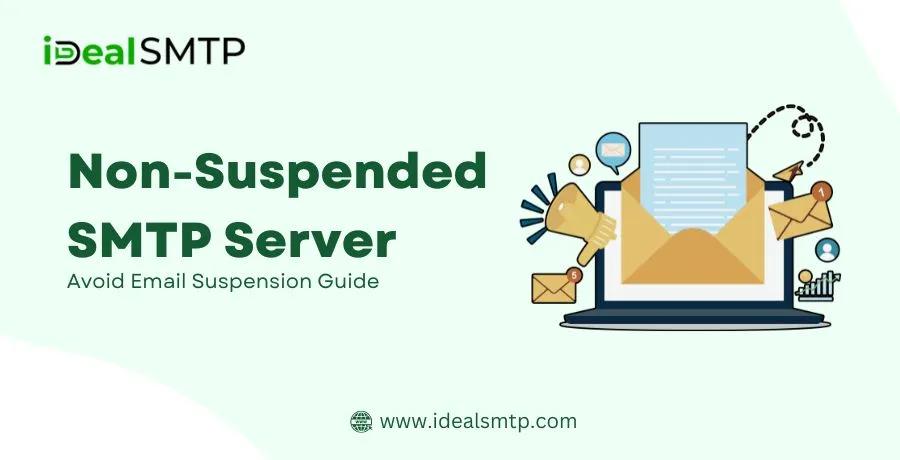
To maintain a non-suspended SMTP server, follow good email practices, like sending relevant content and managing your subscriber list. Regularly check for issues, monitor your server’s reputation, and stay updated on email regulations. Keeping your SMTP email server in good standing ensures your emails reach their destination without disruptions.
Table of Contents
Pricing
| Trail Plan | Standard Plan | Premium Plan | Professional Plan |
| $50 | $145 | $185 | $225 |
| Sending Limit | Sending Limit | Sending Limit | Sending Limit |
| 1000 Emails/Hour | 1500 Emails/Hour | 3000 Emails/Hour | 5000 Emails/Hour |
Benefits of Non-Suspended SMTP Servers
Using a reliable non-suspended SMTP server provider guarantees reliable email delivery, enhanced security, and better control, making it a wise choice for individuals and businesses.
- Reliable Email Delivery: Non-suspended SMTP servers ensure your emails reach their destination without interruptions. Suspended servers can result in undelivered emails.
- Enhanced Security: They provide better security, reducing the risk of unauthorized access to your email communications.
- Greater Control: Offers more control over your email sending, enabling efficient management of your communication.
How to Choose a Non-Suspended SMTP Server Provider?
When selecting an SMTP server provider, it’s essential to avoid suspension issues. To do this, follow these steps:
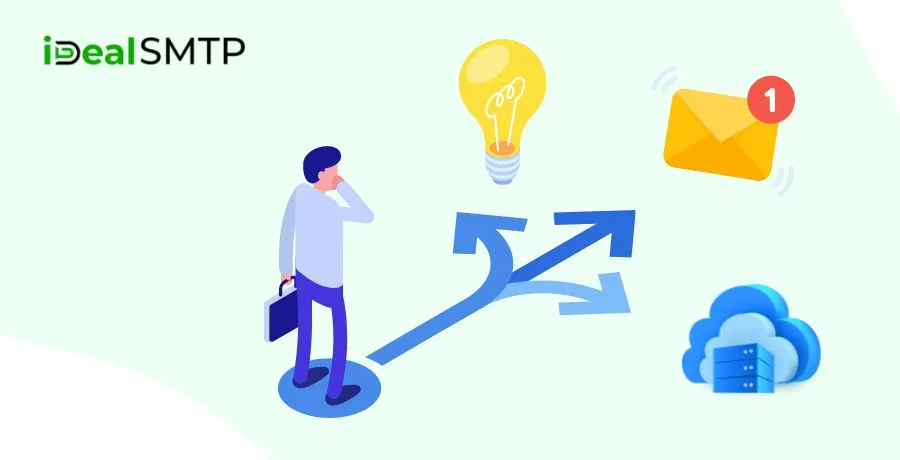
- Reputation Check: Ensure the provider has a good track record, with positive customer reviews.
- Delivery Rates: Look for high email delivery rates, minimizing the chance of emails being marked as spam.
- Support: Check if they offer reliable customer support to assist with any problems.
- Pricing: Compare pricing and ensure it fits your budget.
- Security: Verify that the provider prioritizes email security.
Common Challenges with Suspended SMTP servers?
Suspended SMTP servers may delay the sending of emails and cause serious problems, but understanding common causes and solutions can help prevent them.
1. Common Issues:
- Spam/Misuse: Suspension by the email service provider due to spam or misuse.
- Outdated Software/Misconfigurations: These can trigger suspension.
- IP Address Blacklisting: Blocks outgoing emails.
2. Solutions:
- Maintain Server Hygiene: Regularly clean and optimize the server.
- Monitor for Unusual Activity: Watch for suspicious behavior.
- Address Issues Promptly: Resolve problems quickly to prevent suspension.
3. Prevention Tips:
- Update Software Regularly: Keep software up to date.
- Follow Email Best Practices: Adhere to guidelines for smooth email delivery.
Step-by-Step guide to set up a Non-suspended SMTP server
Are you looking to set up your own non-suspended SMTP servers for sending emails without the risk of suspension? Follow these steps to ensure smooth email delivery.
- Choose Reliable Hosting: Select a trustworthy hosting provider to run your SMTP server. Ensure they allow email sending without strict restrictions.
- Install Software: Use email server software like Postfix, Exim, or Microsoft Exchange, and configure it according to your needs.
- Configure DNS Records: Set up proper DNS records (SPF, DKIM, and DMARC) to enhance email deliverability and reduce spam.
- Secure Your Server: Install security measures, like firewalls and SSL certificates, to protect your server.
- Monitor and Maintain: Regularly check server performance, manage email queues, and stay updated on best practices.
Best practices for configuring and optimizing
.
To ensure your SMTP servers with non-suspension works efficiently, follow these best practices:
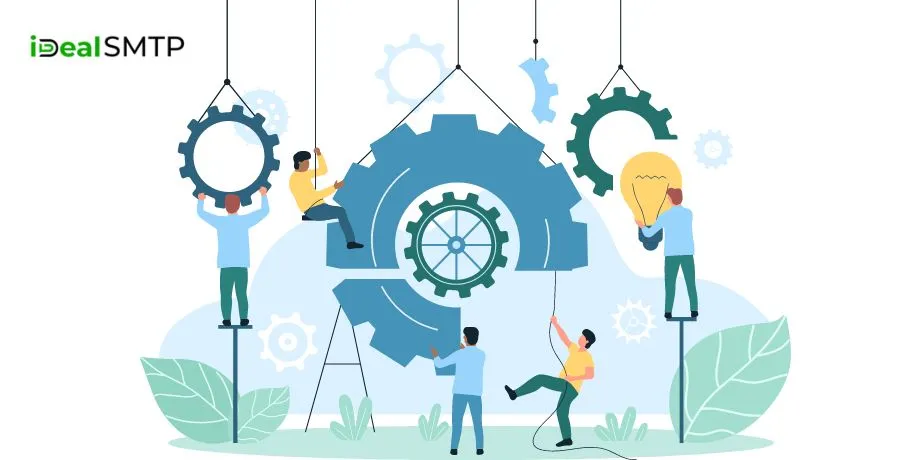
- Secure Your Server: Protect your server with strong passwords, firewalls, and security updates to prevent unauthorized access.
- Optimize DNS Records: Set up proper Domain Name System (DNS) records to enhance email delivery reliability.
- Implement Authentication: Use authentication methods like SPF, DKIM, and DMARC to reduce email spoofing and phishing.
- Monitor Performance: Regularly check server performance, logs, and email queues for issues.
- Avoid Spam: Prevent your server from sending spam by using spam filters and monitoring user activities.
- Manage Queues: Configure email queues for efficient handling of outgoing messages.
How to ensure email deliverability?
To make sure your emails reach their destination without any issues, you need a reliable non-suspended SMTP server that isn’t suspended. Follow these steps:
- Choose a reputable SMTP provider: Select a trustworthy SMTP service that complies with email regulations.
- Maintain a clean mailing list: Regularly update and clean your email list to remove invalid or inactive addresses.
- Authenticate your domain: Implement SPF, DKIM, and DMARC records to prove your email’s authenticity.
- Use opt-in confirmation: Only send emails to recipients who have given explicit consent.
- Monitor and adjust: Keep an eye on your email metrics and adjust your strategies as needed for better deliverability.
Shared vs. Dedicated Non-Suspended SMTP Servers: Key Differences
When it comes to sending emails, SMTP Relay Services play a crucial role. There are two main types- shared and dedicated.
| Type of SMTP Server | Analogy | Description | Benefits | Drawbacks |
|---|---|---|---|---|
| Shared SMTP Servers | Apartment Buildings | Multiple users share the same resources. | Cost-effective | May face performance issues when too many people use them simultaneously. |
| Dedicated SMTP Servers | Private Houses | The server is exclusively yours. | Better performance and reliability | Higher cost |
Security Measures for Non-Suspended SMTP Servers?
SMTP servers are essential for sending emails, but they can be vulnerable to cyber threats. To protect Non-Suspended SMTP server Services, follow these security measures there is everything you need to know:
- Strong Passwords: Use complex, unique passwords for server access to prevent unauthorized entry.
- Encryption: Enable TLS/SSL to encrypt email traffic, shielding it from prying eyes.
- Authentication: Implement sender authentication protocols like SPF, DKIM, and DMARC to verify email origins.
- Regular Updates: Keep your server software up to date to patch known vulnerabilities.
- Access Control: Restrict server access to trusted IP addresses, reducing the risk of unauthorized connections.
- Monitoring: Continuously monitor server logs for suspicious activity.
By adopting these measures, you can enhance the security of your active smtp server for bulk mailing and safeguard your email communication.
How to handle large volumes of email?
Using a non-suspended SMTP server is a good choice for sending large volumes of emails to recipients’ inboxes effectively.
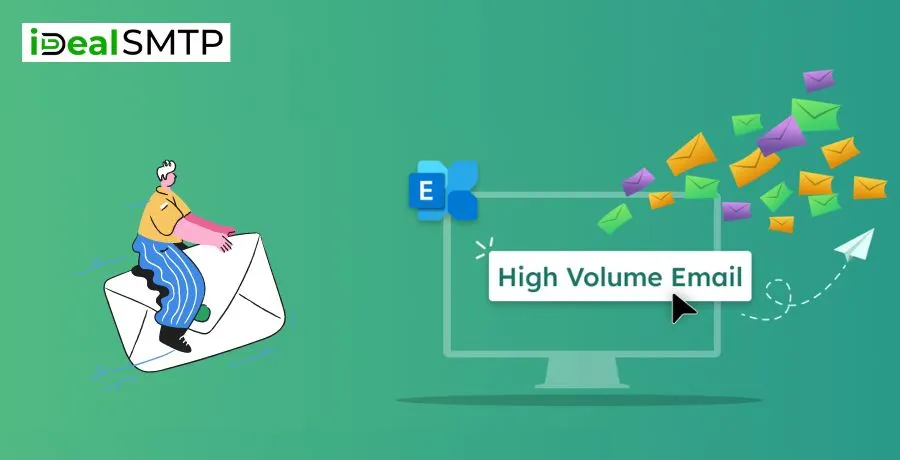
- Non-Suspended SMTP Servers: Handle large volumes of emails effectively.
- Techniques Used:
- Load Balancing: Spreads the email load evenly.
- Email Quality Monitoring: Prevents spam to maintain reputation.
- Features:
- Strong Hardware: Ensures robust performance.
- Smart Software: Organizes emails efficiently.
- Maintenance:
- Good Record Keeping: Maintains smooth operations.
- Proper Security: Ensures reliable email traffic.
How to monitor and track email performance?
Monitoring the success of your emails is essential for effective communication. If you’re using a Non-Suspended SMTP server Services, follow these steps to track your email performance:
- Use Analytics: Utilize email marketing tools with built-in analytics. They provide data on open rates, click-through rates, and more.
- Set Up UTM Parameters: Add UTM parameters to your email links to track the source and campaigns that drive traffic.
- Monitor Bounce Rates: Keep an eye on bounced emails to maintain a clean email list.
- Use Feedback Loops: Sign up for feedback loops to get reports on spam complaints.
- Regularly Analyze Data: Review email performance data to improve your strategies.
With these steps, you can optimize your email campaigns even with a non-suspended SMTP server.
Do you have knowledge of why you need to use Email marketing tools?
Best Practices for Maintaining and Updating
Email is a crucial part of our daily communication. To ensure your mailing server stays active and reliable, it’s important to follow some best practices.
- Regular Updates: Keep your SMTP server software up to date. Software developers release updates to fix bugs and enhance security.
- Security Measures: Implement strong security measures like firewalls and encryption to protect your server from hackers and spam.
- Monitor Usage: Keep an eye on your server’s usage. Unusual activity might indicate a problem or a potential security breach.
- Backups: Regularly back up your email data. In case of a server failure, these backups can save your valuable emails.
- Load Balancing: Distribute the server’s workload evenly. This ensures efficient email delivery and prevents overload.
- Whitelists and Blacklists: Use whitelists to allow trusted senders and blacklists to block spammers.
Industry Trends and Future Outlook
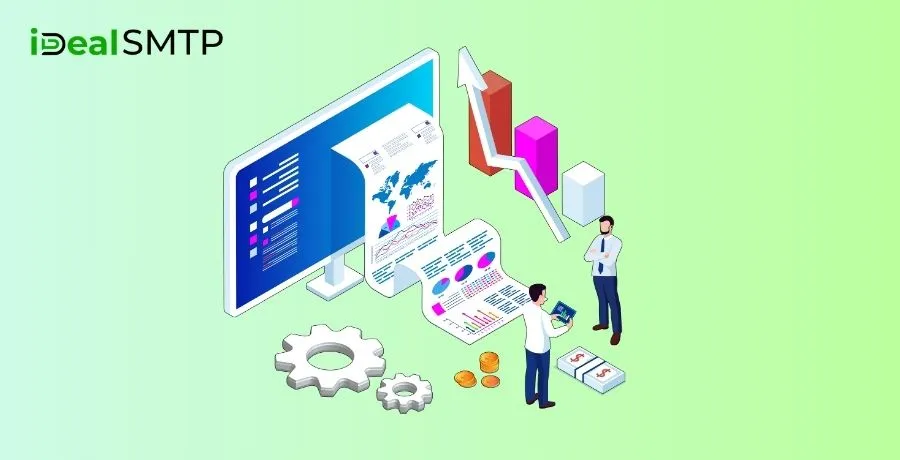
Non-suspended SMTP servers are becoming increasingly important, and here’s a look at the trends and future prospects in this field. SMTP servers that are not suspended have gained popularity due to their reliability and improved deliverability of emails.
They help prevent messages from being marked as spam or blocked, ensuring that your emails reach their intended recipients.
1. Growing Emphasis on Security:
A notable trend is the increasing focus on security. Non-suspended SMTP servers are adopting advanced encryption and authentication methods to protect sensitive data and thwart cyber threats. This focus on security will continue to evolve in the future.
2. Rise of Cloud-Based SMTP Solutions:
Another significant trend is the rise of cloud-based SMTP solutions. These services offer scalability and accessibility, making them attractive to businesses of all sizes. Expect to see more organizations migrating to cloud-based non-suspended SMTP servers in the coming years.
Future Outlook:
The future outlook for non-suspended SMTP servers is positive. They will remain a fundamental part of email communication, with an increasing reliance on security and cloud-based solutions. As the digital landscape evolves, these servers will adapt to meet the ever-changing demands of email communication.







